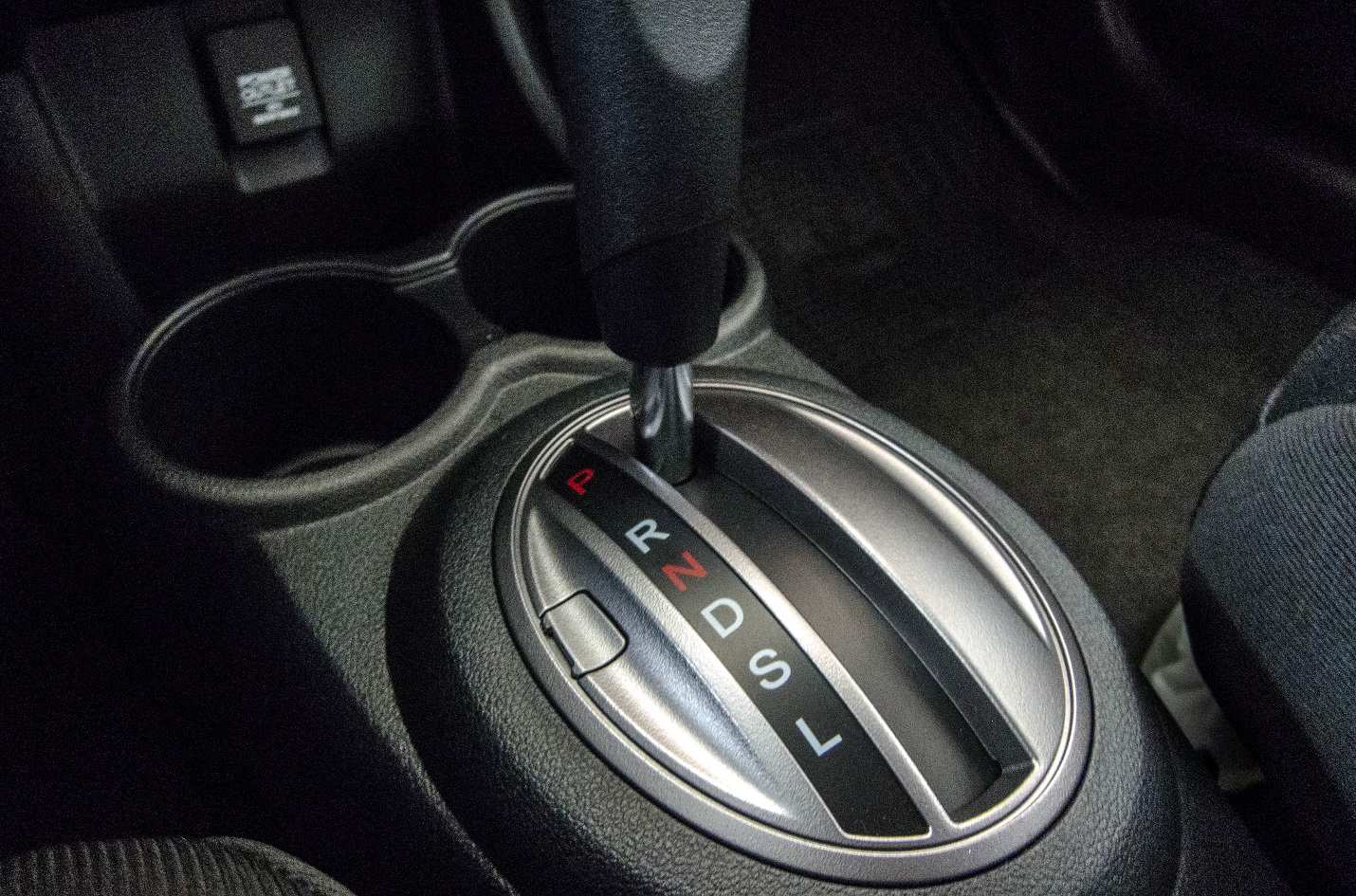POLL: Can you drive manual?

Smell that? No, it’s not barbecue season yet. The wafting aroma of a burnt clutch doesn’t quite have the same appeal as chargrilled chicken. If you’ve ever attempted (and failed) to drive manual, the smell would be familiar.
We asked RAA Drive School Instructor Phil Kellett why some people (i.e. me) struggle to get their head around driving a manual, while others pick it up, well, automatically.
According to Mr Kellett, there’s a neurological reason some people find driving a manual harder than driving an automatic.
“You’re required to think of many things at once,” Mr Kellett says.
“There’s feathering the clutch when you’re taking off, changing gears, lifting the clutch, hill starts, and so many other tasks.”
POLL: Can you drive a manual?
One of the biggest issues for inexperienced drivers behind the wheel of a manual vehicle is the clutch, which connects the engine to the gearbox.
The clutch can burn out over time in a manual transmission car if the driver makes a habit of riding the clutch (when a driver rests their foot on the pedal while driving), using the clutch to keep the car in one place on hills, or using the clutch to slow down instead of applying the brakes.
“There needs to be a little bit of rubbing of the clutch when initially moving off to prevent stalling before you can fully release the clutch,” Mr Kellett explains.

So, why can some people do this better than others?
“Some drivers have an innate feel for their car and can manage the mechanical process smoothly and learn relatively quickly,” Mr Kellett says.
“For others, it’s not so easy and requires lots of practice to get it right. But like with any new learned skill, you just need to stick with it.”
Another reason driving manual can be tricky for some is due to the car – not the person behind the wheel.
“Some clutches have a very progressive feel which makes them easy to manage, while others can be sensitive,” Mr Kellett says.
And how can we forget the dreaded hill start?
“Starting a manual car on a hill adds an extra degree of difficulty as you try to coax the car to move forward while gravity tries to pull you backwards,” Mr Kellett explains.
“This requires simultaneous management of the parking brake to hold the car from rolling back, while at the same time slipping the clutch to move it forward.
“Again, with practice it gets easier but can take time for some to master.”
Some drivers have an innate feel for their car and can manage the mechanical process smoothly and learn relatively quickly.
Now for the easy (or easier) part – changing gears.
“Changing gears once on the move is the simpler part of the process, but there’s still a need to produce a smooth change,” Mr Kellett says.
“Understanding which gear is appropriate for any given situation is a skill that should come fairly quickly but will require some practice.”
Did you know?
Drivers didn’t have a choice of transmission back in the day. The first automatic car was released by General Motors in 1939, but it wasn’t until the 1960s that this type of transmission became a regular option for mainstream cars.
Fast forward and most new cars sold in Australia today are automatic, with numbers expected to rise with the emergence of electric vehicles and hybrids that don’t generally support a manual transmission.
“Ultimately, if you have a manual car in your sights, don’t be put off by the additional complexity,” Mr Kellett says.
“With a little practice, it’ll become an automated process and you’ll ultimately enjoy a more engaging driving experience and better fuel economy to boot.”
The auto age
The first automatic car was released this many years ago by General Motors.
Still confused?
Breathe a sigh of relief. Here in South Australia, we have the freedom to choose which transmission to drive.
Motorists in South Australia can enjoy unrestricted driving between automatic and manual cars, regardless of which type of vehicle you use when you have your L plates.
Let’s check out the transmission rules in other parts of Australia.
New South Wales
If you obtain your P1 licence in an automatic car, you can only drive automatic until you’re on your full licence.
Victoria
Drivers who obtain their provisional licence in an automatic car must wait until they have their full licence to drive manual.
Western Australia and Queensland
Automatic drivers must sit a practical driving test to remove the manual restriction on their licence. Drivers must also obtain a learner’s permit and be supervised by someone on their full licence.
Tasmania
Drivers who first learnt to drive automatic are restricted to automatic driving indefinitely but can request to have this restriction removed after three years.
DO YOU NEED CAR ADVICE?
RAA members can call our free Car Advice Service for answers to their car questions.
Or call 8202 4689

